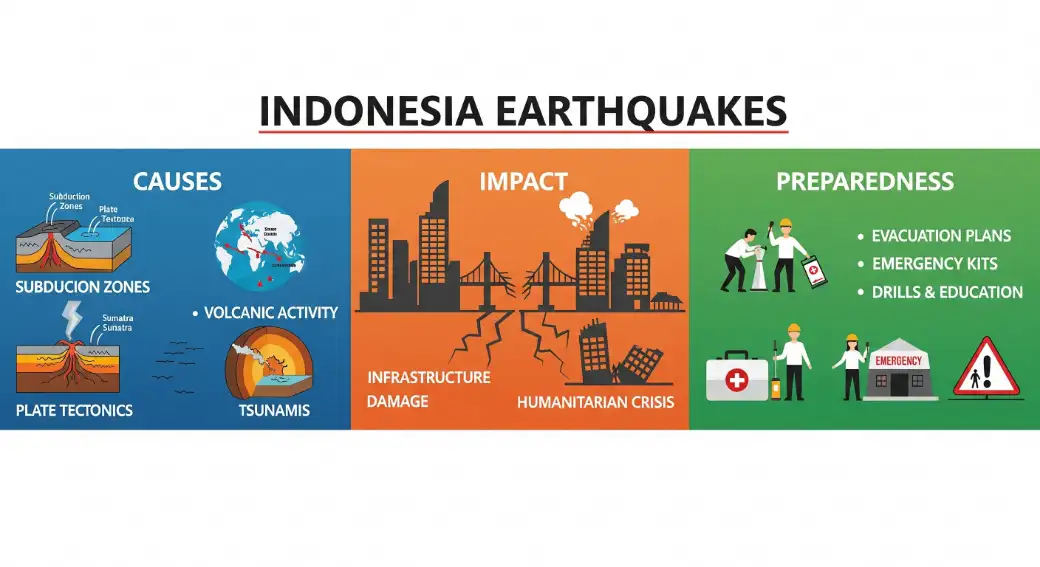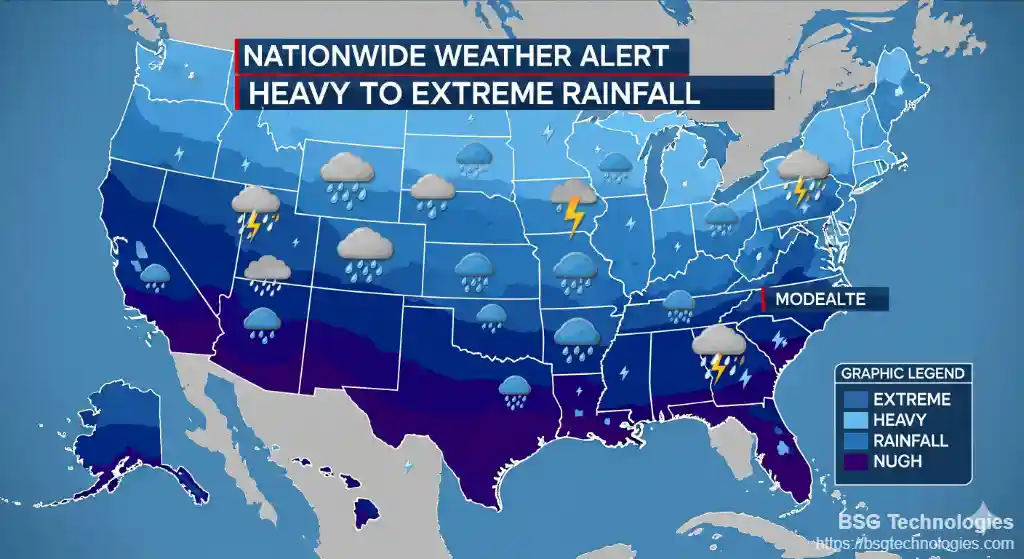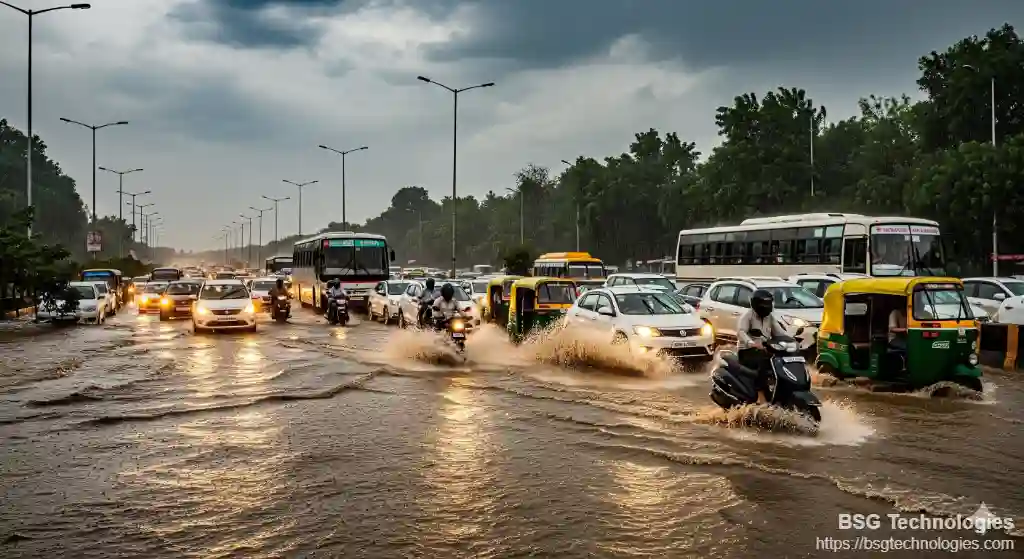Introduction
Indonesia, an archipelago located along the Pacific Ring of Fire, is highly prone to earthquakes due to its position on multiple active tectonic plates. Earthquakes in Indonesia are a common occurrence, often causing significant damage to life, property, and the environment. Understanding the causes, impact, and safety measures is crucial for both residents and visitors. This article explores the phenomenon of earthquakes in Indonesia, the most affected regions, historical events, and how to stay prepared.
Causes of Earthquakes in Indonesia
Indonesia sits at the convergence of the Eurasian, Indo-Australian, and Pacific Plates. The movement and collision of these tectonic plates result in intense seismic activity, including earthquakes and volcanic eruptions. Most earthquakes in Indonesia are caused by subduction zones, where one tectonic plate slides beneath another, creating immense pressure and resulting in sudden shifts.
The Java Trench, located south of Java and Sumatra, is one of the most active subduction zones. The movement of the Indo-Australian Plate under the Eurasian Plate has been responsible for some of the strongest earthquakes in Indonesian history. Besides subduction zones, shallow crustal faults across the islands also contribute to localized seismic events.
Most Affected Regions in Indonesia
Certain areas in Indonesia are particularly vulnerable to earthquakes. These include:
-
Sumatra: The western coast, especially Aceh and Padang, is highly active due to the Great Sumatran Fault and the Sunda megathrust.
-
Java: Major cities like Jakarta, Yogyakarta, and Surabaya experience frequent seismic tremors.
-
Sulawesi and Maluku Islands: Located near complex fault lines, these regions face frequent earthquakes and tsunamis.
-
Bali and Nusa Tenggara: Though less frequent, significant earthquakes have impacted these regions historically.
-
Historical Earthquakes in Indonesia
Indonesia has witnessed several devastating earthquakes over the past decades. Some notable events include:
-
2004 Aceh Earthquake: Magnitude 9.1, triggered a catastrophic tsunami, resulting in over 230,000 deaths.
-
2006 Yogyakarta Earthquake: Magnitude 6.3, caused extensive damage to homes, schools, and infrastructure.
-
These historical events highlight the vulnerability of the region and the importance of earthquake preparedness and mitigation strategies.
-
Impact of Earthquakes in Indonesia
Earthquakes in Indonesia have a profound impact on several aspects of life:
-
Human Casualties: Many earthquakes result in fatalities and injuries, especially in densely populated areas with poorly constructed buildings.
-
Infrastructure Damage: Roads, bridges, schools, hospitals, and homes often face severe damage, disrupting daily life and economic activities.
-
Economic Loss: The economic cost of earthquakes is immense, including the rebuilding of infrastructure and loss of business productivity.
-
Environmental Effects: Earthquakes can trigger landslides, tsunamis, and soil liquefaction, altering landscapes and ecosystems.
-
2018 Sulawesi Earthquake: Magnitude 7.5, followed by a tsunami, led to thousands of casualties and displaced populations.





